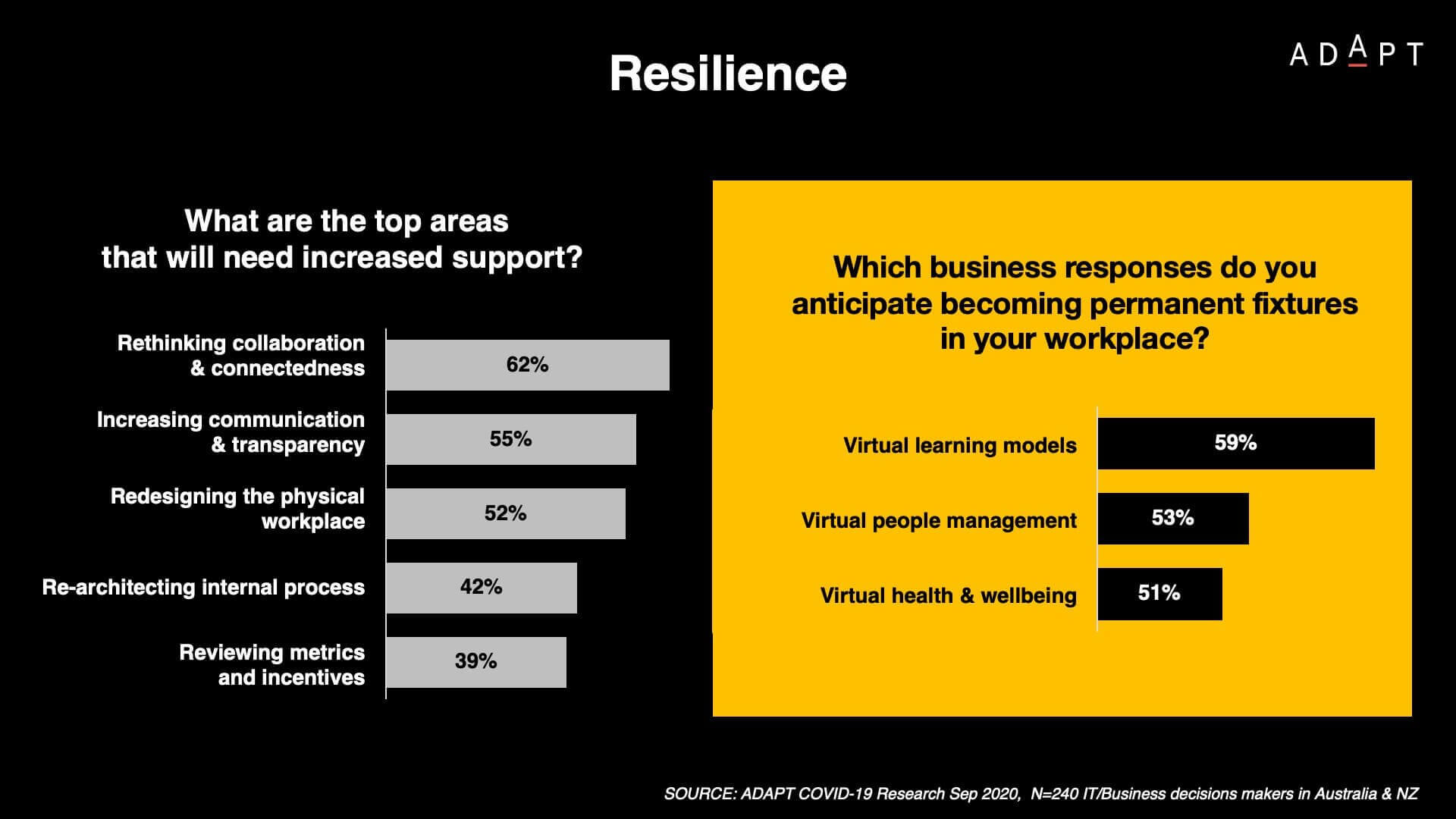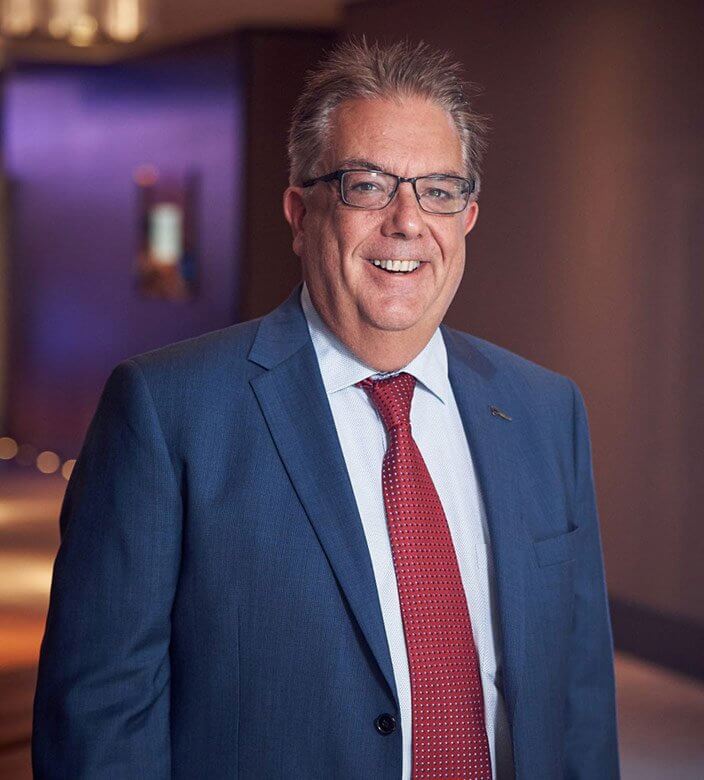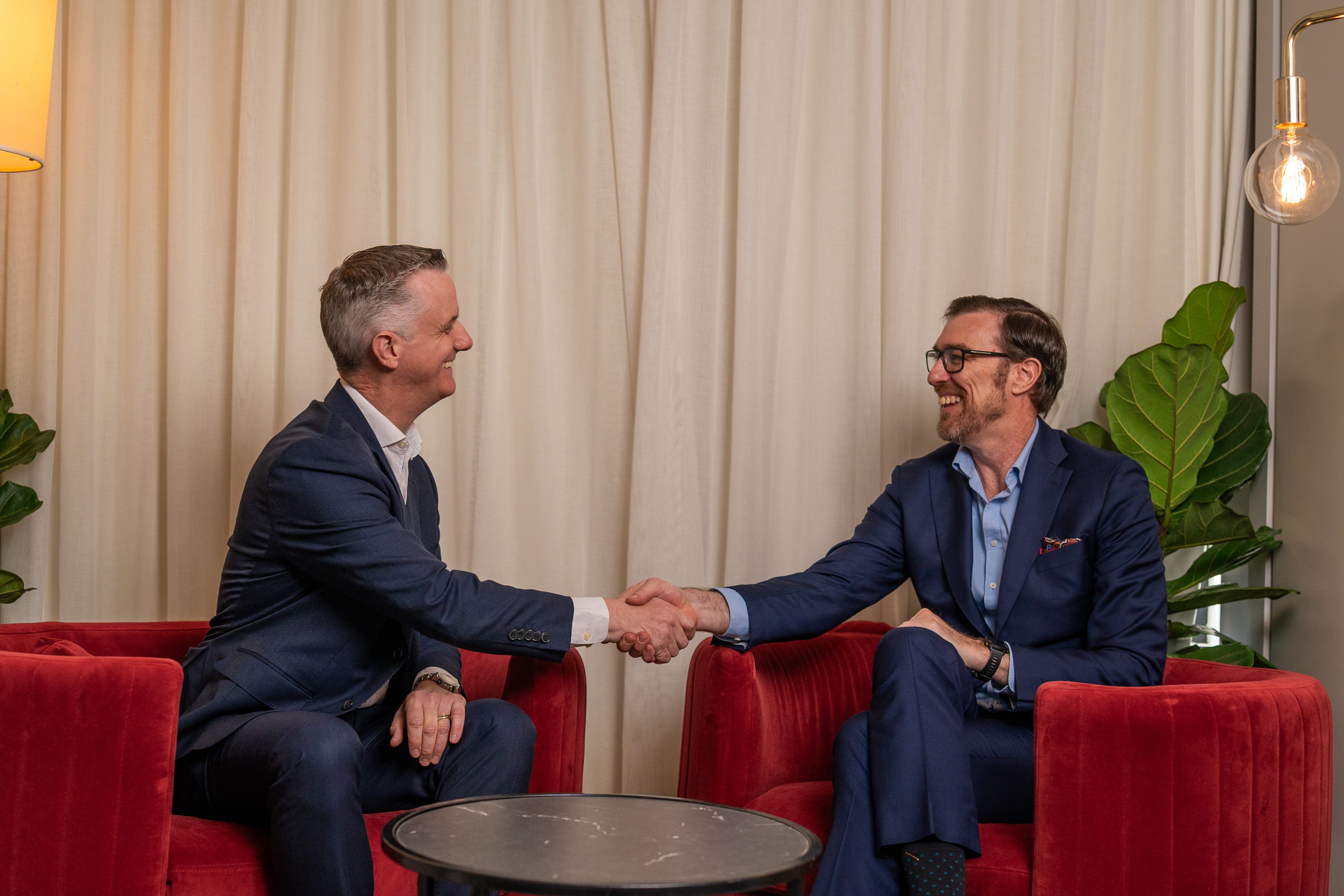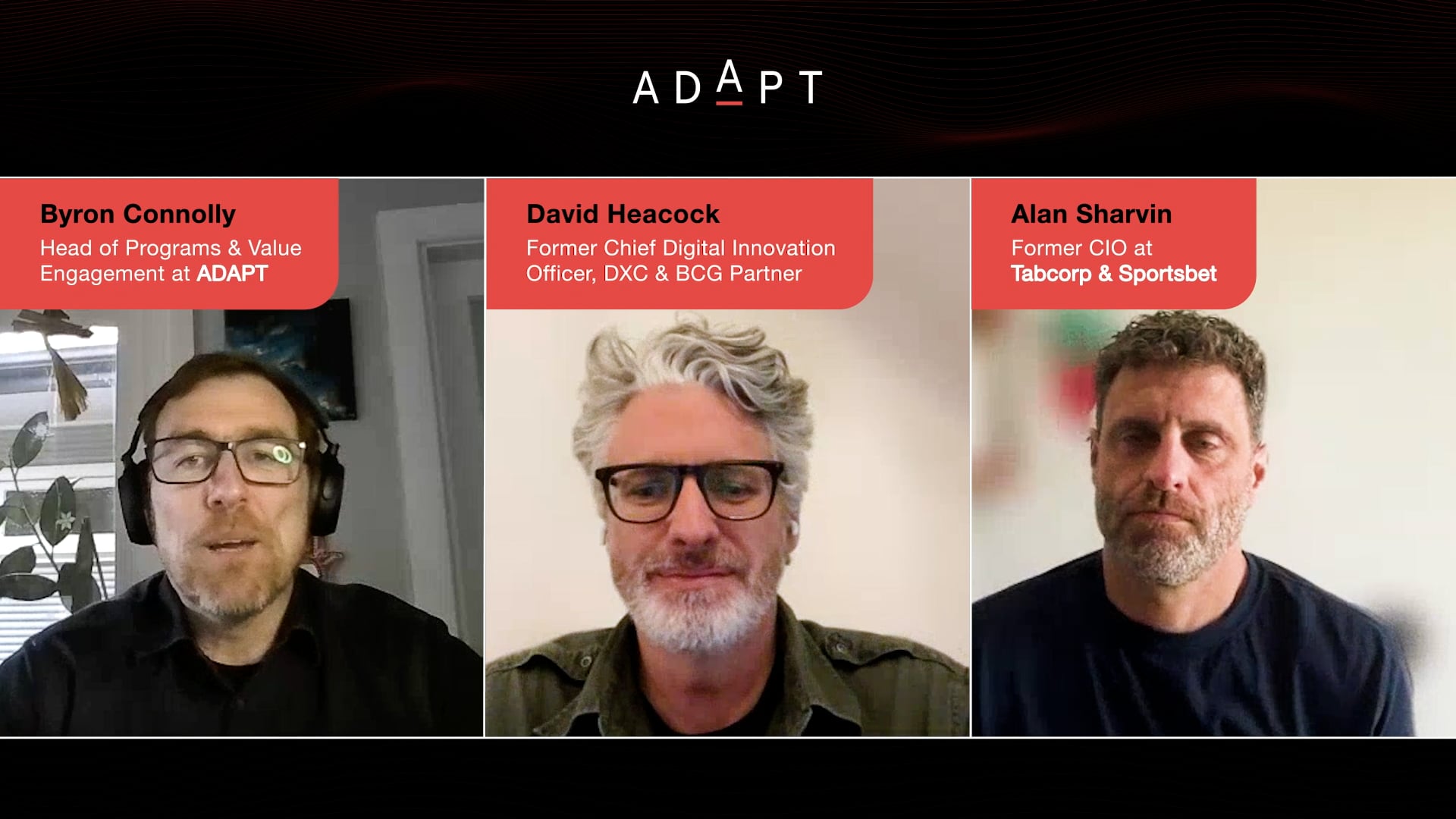Delving Into Resilience to Rekindle Growth
Australia and New Zealand businesses are beginning to emerge from the health and economic crises of 2020 and look forward to rekindling growth in 2021.
Introduction
Confronted by the survival imperative, organisations across Australia and New Zealand switched to virtual delivery and enablement models almost overnight, quickly realising experience and efficiency benefits as a result.
In order to turn survival into growth, leaders need to do more than optimise and tune the engine.
Based on our ongoing discussions with IT and business leaders across the local community, ADAPT advises that to rebuild operations and execute effectively in 2021 and beyond organisations must:
- reset culture
- enable employee resilience
- redefine business.
This will outline the Resilience section of the second report in the ADAPT Nine Paradigms for an Extra-Ordinary World exploratory series.
Here, we will examine one of these three paradigms, providing advice as to how leaders can advance Australia by building on the new operating models that emerged in response to the prevailing economic constraints of 2020.
Resilience
Australia and New Zealand businesses are beginning to emerge from the health and economic crises of 2020 and look forward to rekindling growth in 2021.
Yet the pandemic is forcing them to rethink the very nature of business continuity planning.
Traditional strategies – designed to mitigate specific and time-bound risks – are ill-equipped to handle the ongoing disruption and uncertainty of the post-COVID era.
Consequently, businesses shifting from survival to success need to adopt a continuous resilience model.
Leaders need to consider what – in connectedness, communication, and collaborative tooling – is required of the employee experience to facilitate this pivot to continuous business resilience.”
Already leaders are telling us that up to half of the workforce will operate remotely at any given point – not only to improve employee experience and shift to a more flexible engagement model but also to prepare the organisation for continuous disruption.
So, the post-COVID era may give rise to an always-adapting, constantly transitioning organisation.
Communication and Connection Cultivate Collaboration
62 per cent of firms assert a need to reimagine how employees collaborate and connect into the strategic mission of the organisation.
Successfully enabling employee resilience requires firms to do more than lift-and-shift the physical workspace into the digital world; to weave the ties that bind and overcome legacy mindsets, leaders need more than modern collaborative tooling.
Bidirectional communication is thereby more vital than ever.

As the nature of work becomes increasingly remote-first, 55 per cent of firms express a need to improve communications – both in broadcast and narrowcast – with the workforce.
“Staying in touch with people is critical,” stated Woolworths CIO John Hunt. “I have a 15-minute meeting with my immediate team every single morning, as well as a weekly update to the entire technology team, keeping them both updated and connected.”
Coupled with greater transparency from leadership, physical workspace redesign – a priority for over half of the businesses we surveyed – leaders are thoroughly engaged in reimagining where and when work is most effectively done, with whom, and how to enhance employee fulfilment across the creative journey.
Mindful communication, transparency, and complementary physical and virtual workspace design are thereby the fundamentals required to connect teams with the mothership of the organisation.
Perhaps the most crucial transition is that of the journey itself: some 42 per cent of businesses are embarking on the pursuit of business process redesign to embed new ways of working, encourage organic collaboration, and optimise internal workflows.
Remote Support Models Persist Post Pandemic
As businesses move to enable hybrid physical and virtual employee experiences, consistent toolsets, metrics, and management models are essential.
Unsurprisingly, some 53 per cent of expect virtual people management to persist post-pandemic.
Leaders and employees alike thoroughly benefited from the ability to connect virtually in career development, performance management, and team conversations throughout lockdowns, perceiving few drawbacks compared to the physical analogues which prevailed pre-pandemic.
Virtual operations have created time-and-decision-capacity across the organisation.
Leaders in pursuit of growth from the reactivity of survival recognise the need to recalibrate performance metrics.
Indeed, 39 per cent of organisations articulate an expectation to incentivise team-oriented behaviours.
Promoting high-performing teams – the so-called ‘rock bands’ – in favour of reducing the reliance on high-performing individuals – the proverbial ‘rock stars’ – may well illustrate equity in career advancement, regardless of location.”
Enabling career advancement is more important than ever in the post-COVID era.
As employees seek to enhance their digital skills, keep pace with digital transformation, and adapt to new collaboration models, almost three-fifths of businesses expect virtual learning platforms to become embedded into the fabric of the workplace.
Digital supports like these are part of a broader transition to providing better care for the workforce.
Employees at over half of the companies we spoke to are carrying their personal telehealth experiences encountered during lockdown into heightened expectations for improved workplace wellbeing, with these same firms seeking to enhance the empowerment of and trust in employees and thereby deliver better customer experiences.
Conclusion
Employees and business leaders together are finding that rapid adaptation in the face of crisis is not only desirable but also a survival imperative.
This almost overnight shift from deep legacy driven inhibitors to innovation and into permissive, open collaboration enabled by a work-from-anywhere culture illustrates the art of the possible when leaders rethink the employee experience across the organisational journey.
COVID-19 has caused a ‘Ctrl+Alt+Del’ reset of how organisations approach employee engagement, collaboration, and productivity.”
In the words of Matt Boon, Director of Strategic Research at ADAPT – and leaders have it within their grasp to grapple the organisation into digital shape to fuel future growth.
Australia and New Zealand’s C-Suite now have the opportunity in its grasp: provided it acts now.
To succeed, leaders should:
- Begin by capturing efficiency savings to fund operating model transformation.
- Shift to permanently distributed operations by providing employees with consistent experiences across physical and virtual workspaces.
- Accelerate employee adaptation with enriched, on-demand digital learning platforms.
- Connect employees into the mission of the organisation through the judicious, timely use of broadcast and narrowcast communication methods.
- Enhance the employee experience by taking care to reduce digital disruption whilst still maintaining a suitable cadence to check-in and drive engagement.
- Support entrepreneurialism with a cloud-like workforce scalability model, performance metrics that promote collaborative behaviours, and mindful connectedness initiatives.
- Create time-and-decision capacity for leaders by encouraging experimentation with new ways of working along with innovative, collaborative uses of physical workspaces.
- Empower employees to overcome the virtual barriers to consensus building, team bonding, and engagement.
- Bring teams together in physical workspaces as demanded by the needs of complex projects, culture transformations, and process improvements – rather than at arbitrary waypoints.
- Build for the future by expanding further into the cloud, using common toolsets, and eschewing the legacy assets that may otherwise hold back further progress
“Executives learned that given a critical reason from the top about why change needs to happen, employees would adopt the change,” asserted Aparna Sundararajan, Senior Research Strategist at ADAPT.
So, just as culture is the DNA of the business, forward-thinking firms can measure employee experience by how frictionless collaboration, connectedness, and process innovation can become.
Become an ADAPT Research and Advisory client to access the full second report of the Nine Paradigms of an Extra-Ordinary World.
Contributors
Matt Boon – Director of Strategic Research at ADAPT
As Director of Strategic Research at ADAPT Matt Boon is responsible for directing and developing ADAPT’s research content and positions.
In his role at ADAPT Boon advises C-Suite executives across the end-user and technology provider landscape. Boon is also responsible for bringing together groups of C-Suite leaders to discuss and prepare for the myriad of challenges and opportunities they face.
Aparna Sundararajan – Senior Research Strategist at ADAPT
Aparna Sundararajan leads the emerging and disruptive technology research agenda within ADAPT’s strategic advisory team. As Senior Research Strategist, her role is to create independent advice for the Australian C-Suite around emerging technologies, trends and investment priorities and developing industry-leading content for the ADAPT portfolio of Edge events.
Shane Hill – Senior Research Analyst at ADAPT
As Senior Research Analyst, he produces pragmatic insights tailored to the specific needs of technology leaders in Australia and New Zealand.
Hill has worked in technology delivery and market intelligence roles for the past 15 years. He focuses on how emerging technologies will impact the business models, frameworks, and operations of end-user and vendor organisations.



























